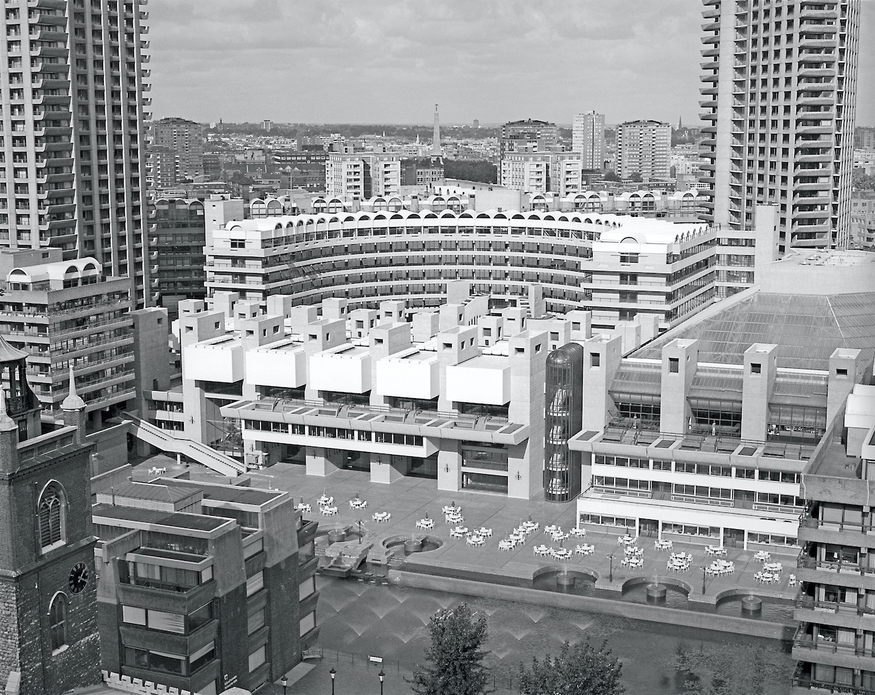
The Barbican Centre may feel as if it's been there for time immemorial, carved out from the tough, jagged soul of the City. But 40 years ago, they were still adding the finishing touches, delicately planting the trees in the conservatory, and sticking up the signage for the first ever exhibition, 'Aftermath'.

These images are from the book Building Utopia: The Barbican Centre — which looks back on the birth of this core of culture, housed in a form of architecture about as divisive as the woman who declared it open.

Really though, who could fail to have their interest piqued by these snaps of the foundations of the Centre in nascent days, rising from the ashes of Cripplegate, an area razed to the ground by second world war bombs. The Barbican Centre's foundation stone was laid in November 1972, and from it — subject to an egregiously ballooning budget — rose a "utopian vision of living with the arts".

The book's images also bring to light what never came to pass: a model of the Barbican Centre shows a road crudely slashing through the development (fortunately that never happened), while a sketch from 1956 imagines the conservatory as a kind of Pyramide du Louvre (unfortunately that never happened). This kind of thing really sates the appetite of those who like to ask architectural what-ifs.

But while brutalism was all the rage in the 1960s — and fawned over again today by aesthetes and hipsters globally — when the Centre was officially opened by Elizabeth II in 1982, it was something of an unfashionable white elephant. The marketers sold it hard on stats: "Enough concrete to lay 19 miles of motorway; 5.3 acres of carpet, 1.7 acres of parquet flooring, 400 miles of electric cable and a roof weighing 6,000 tonnes," but the unique building didn't fare well with critics.

Said The Architectural Review at the time: "In the 80s, confronted by this 50s dream, one is made painfully conscious of the enormous changes that have occurred in planning thought, and more important, public awareness... The Barbican would never be built today." Oof.

The ugly duckling had the last laugh though; that reviewer could hardly imagine there'd be book after documentary, after poster, after Londonist article churned out in honour of Chamberlin, Powell and Bon's pocked concrete-and-granite behemoth. For all the London Symphony Orchestra concerts, arthouse movies and Jean-Michel Basquiat blockbusters this cauldron of culture lays on, the real star of the show is always the Barbican Centre itself.

Building Utopia: The Barbican Centre by Nicholas Kenyon (ed) is published by Batsford, RRP £40




